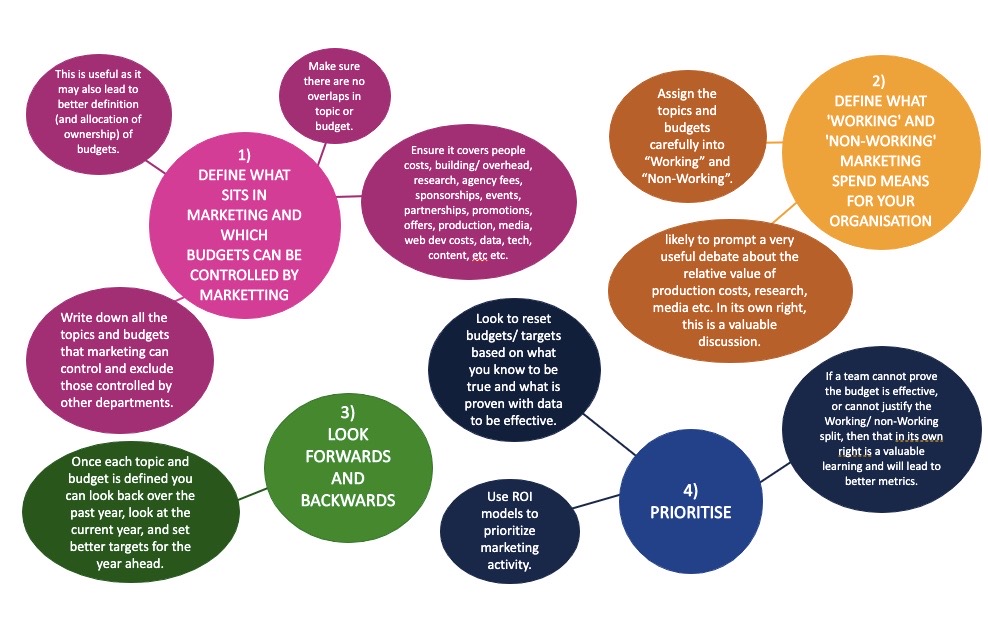At Flock, we know one of the challenging topics for marketers is the how to get the right Working/Non-Working Marketing mix. What elements do you need to consider to get the balance right for your company? So, we’ve decided to share our definitive “how-to”. Enjoy!
Background.
In large traditional advertisers like FMCG, it was desirable to maximise the amount of money spent on advertising, promotions, and other things that touched the communication (“Working Marketing Spend”) and minimize the amount of money spent on the things that did not touch the consumer like agency fees (“Non-Working Marketing Spend”). It was relatively easy to look at a $100 million budget and say that if 50% was spent on sales promotion, then the remaining 50% should be on advertising, media, production, PR, etc and if the ratio of that was 85:15 in favour of Working Marketing spend, it was felt that this was “good”. Companies could relatively easily benchmark themselves against these ratios to drive productivity.
The Modern Marketers’ Conundrum.
The modern or digital marketer has a very different set of challenges that makes things harder to benchmark.
- What is Marketing? First, how do you now describe marketing and the budgets within marketing? For some companies, the website and the app is their primary form of communication and marketing – but this may not sit in marketing, and its budget may not be under the control of marketing. So, it’s harder to benchmark one company against another because they all have different definitions of marketing.
- What is Working Marketing Spend? In the old days it was good if you had lots of money to spend on advertising & media (classified as “Working Marketing Spend”) and so maximizing the budget was seen as “good”. But in the age of digital, social and CRM you may wish to spend a lot on the production of these assets (remember production is often classified as “Non-Working Marketing Spend”) to minimize the amount spent on paid advertising. So, it’s harder to benchmark one company against another what is good for one company may not be good for another.
- Company and brand structures. It is hard to compare a company with one brand to one with ten. Some companies are global and have assets delivered from a different country, others originate all materials locally, and they will have a very different Working/non-Working marketing spend profile.
You can see there is no longer a simple ratio on Working/Non-Working Marketing Spend. Arguably the only people who believe there is a simple or correct ratio don’t have marketing expertise strong enough to understand these nuances.
The Solution.
So if it’s hard to benchmark, how does a marketer improve productivity? Flock believe the best way to set benchmarks are to benchmark against yourselves, period-on-period, and to drive productivity by benchmarking against the criteria that most important to you (not against benchmark companies who may be unlike you and also may be “wrong”!). By driving period-on-period gains on important measures for your company you know you are definitely improving effectiveness.
The 4 Step Process.

In short, it can be as simple or as complex a process as you care to make it. But ideally would need a small team from marketing, procurement, finance (and a wonderful consultant!!) to run a sprint to do the definitions, then gather data, build the model, gain alignment, then make recommendations.
Any questions? We’d love to hear from you…


